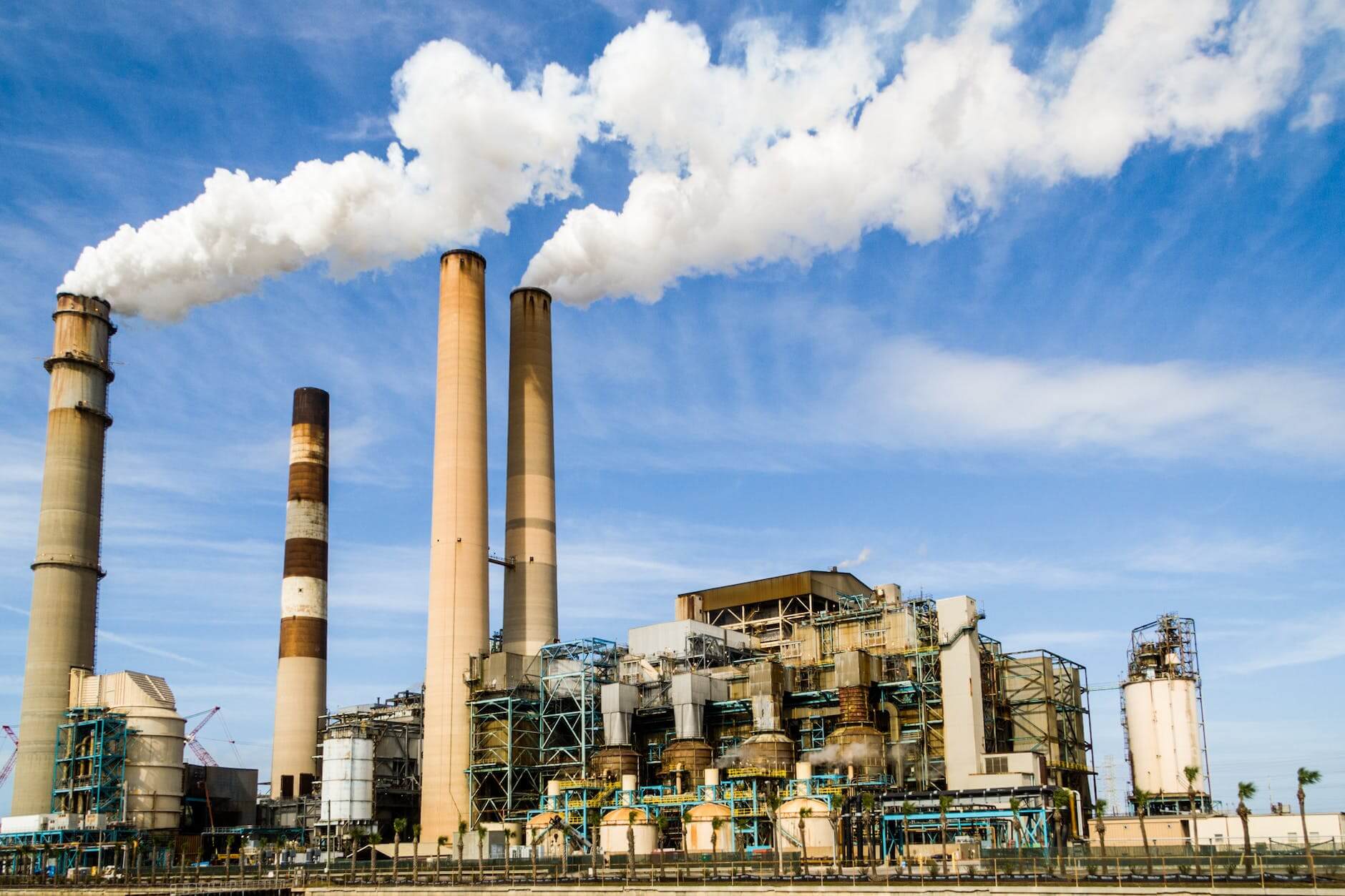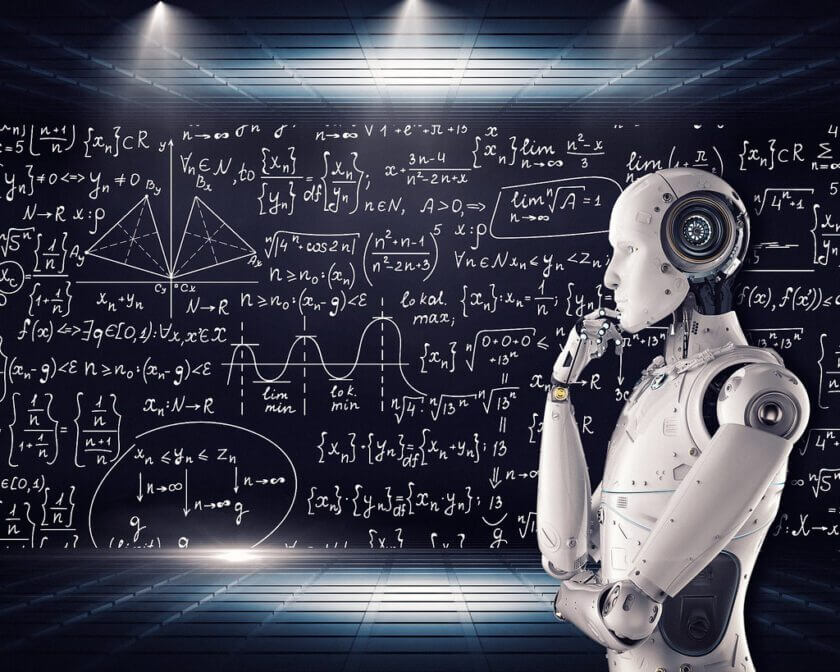A smart factory in 2023 is expected to be highly advanced, heavily automated, and deeply interconnected. Building upon the technologies of today, a smart factory in 2023 will likely possess the following characteristics:
- Internet of Things (IoT) Integration: Smart factories will extensively leverage IoT technologies, with machines, devices, and sensors connected to a central network. This connectivity will enable real-time data exchange, remote monitoring, and machine-to-machine communication.
- Artificial Intelligence (AI) and Machine Learning: AI and machine learning algorithms will be integral to smart factories in 2023. These technologies will enable advanced automation, predictive maintenance, product quality control, and optimization of manufacturing processes.
- Autonomous Systems: The presence of autonomous systems, such as robots and drones, will become more prominent in smart factories. These systems will handle various tasks, including material handling, assembly, inspection, and inventory management, enhancing efficiency and reducing human intervention.
- Advanced Robotics: The use of advanced robots will increase, with the ability to perform complex tasks requiring dexterity and precision. Collaborative robots (cobots) will work alongside human workers, enhancing productivity and safety.
- Big Data Analytics: Smart factories will apply advanced analytics techniques to gain insights from the massive amounts of data generated by machines and processes. Predictive and prescriptive analytics will optimize production, identify improvement opportunities, and enable proactive decision-making.
- Cybersecurity Measures: Given the interconnected nature of smart factories, robust cybersecurity measures will be in place to safeguard critical data, protect against cyber threats, and ensure operational continuity.
- Energy Efficiency and Sustainability: Smart factories will prioritize energy efficiency and sustainability. They will incorporate renewable energy sources, implement energy management systems, and employ environmentally friendly practices to reduce their carbon footprint.
- Virtual and Augmented Reality: Virtual and augmented reality technologies will be utilized for various purposes, including training, simulation, maintenance, and remote assistance. These technologies will enhance operational efficiency and workforce capabilities.
- Supply Chain Integration: Smart factories will be seamlessly connected with the broader supply chain ecosystem. They will have real-time visibility into inventory levels, demand/supply fluctuations, and logistics, allowing for efficient resource allocation and optimized production planning.
- Continuous Improvement Culture: Smart factories will foster a culture of continuous improvement using Lean, Six Sigma, and other methodologies. They will encourage innovation, agile practices, and knowledge-sharing among employees, promoting adaptability and competitiveness.
The aforementioned characteristics provide a glimpse into the expected advancements in smart factories by 2023. However, it’s important to note that technological progress can vary across industries and companies, and the actual implementation of smart factories will depend on specific needs and priorities.




